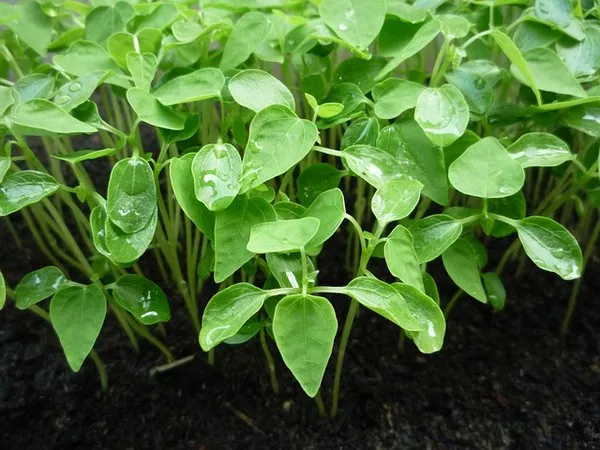In the depths of certain forests, an unsuspecting observer might encounter peculiar plants from the Balanophoraceae family, resembling fungi entwined around tree roots. Their mushroom-like structures, however, are not fungi but inflorescences comprising tiny flowers, concealing a fascinating secret.
Unlike some parasitic plants that infiltrate host tissues with haustoria to siphon nutrients, Balanophora takes a different approach. It prompts the vascular system of its host plant to morph into a tuber, creating an extraordinary underground structure that amalgamates host and parasite tissues. This chimeric tuber serves as the interface where Balanophora stealthily siphons nutrients from its unwitting host.
Dr. Xiaoli Chen, a scientist with BGI Research and lead author of a groundbreaking study published in Nature Plants, became intrigued by the evolutionary journey that led to the current form of these subtropical extreme parasitic plants.
In collaboration with botanist Dr. Sean Graham from the University of British Columbia, Dr. Chen and her team embarked on a genomic investigation. Their study compared the genomes of Balanophora and Sapria, another extreme parasitic plant from the Rafflesiaceae family, which boasts a remarkably distinct vegetative body.
The results of this research were nothing short of astonishing. Balanophora and Sapria had shed a remarkable 28% and 38% of their genomes, respectively, as they evolved into streamlined holoparasitic plants—a record-breaking genome reduction among flowering plants.
Dr. Chen remarked, “The extent of similar, but independent gene losses observed in Balanophora and Sapria is striking. It points to a very strong convergence in the genetic evolution of holoparasitic lineages, despite their outwardly distinct life histories and appearances, and despite their having evolved from different groups of photosynthetic plants.”
The study unveiled the near-complete loss of genes associated with photosynthesis in both Balanophora and Sapria, a natural outcome of their loss of photosynthetic capability. However, the research also exposed the loss of genes vital for other essential biological processes, including root development, nitrogen absorption, and the regulation of flowering development. These parasitic plants have effectively discarded or compacted large portions of gene families typically present in green plants—clusters of duplicated genes that typically fulfill related biological functions. This implies that they retain only the genes or gene copies deemed indispensable for their survival.
What’s most astonishing is the parallel loss of genes linked to the synthesis of abscisic acid (ABA), a major plant hormone responsible for stress responses and signaling. Despite this loss, the study detected ABA accumulation in the flowering stems of Balanophora and identified the retention of genes involved in responding to ABA signaling in these parasites.
Dr. Graham commented, “The majority of the lost genes in Balanophora are probably related to functions essential in green plants, which have become functionally unnecessary in the parasites. That said, there are probably instances where the gene loss was actually beneficial, rather than reflecting a simple loss of function. The loss of their entire ABA biosynthesis pathway may be a good example. It may help them to maintain physiological synchronization with the host plants. This needs to be tested in the future.”
Dr. Huan Liu, a researcher at BGI Research, emphasized the study’s significance in the context of the 10KP project—an initiative to sequence the genomes of 10,000 plant species. “The study of parasitic plants deepens our understanding of dramatic genomic alterations and the complex interactions between parasitic plants and their hosts,” he said. “The genomic data provides valuable insights into the evolution and genetic mechanisms behind the dependency of parasitic plants on their hosts, and how they manipulate host plants to survive.”


